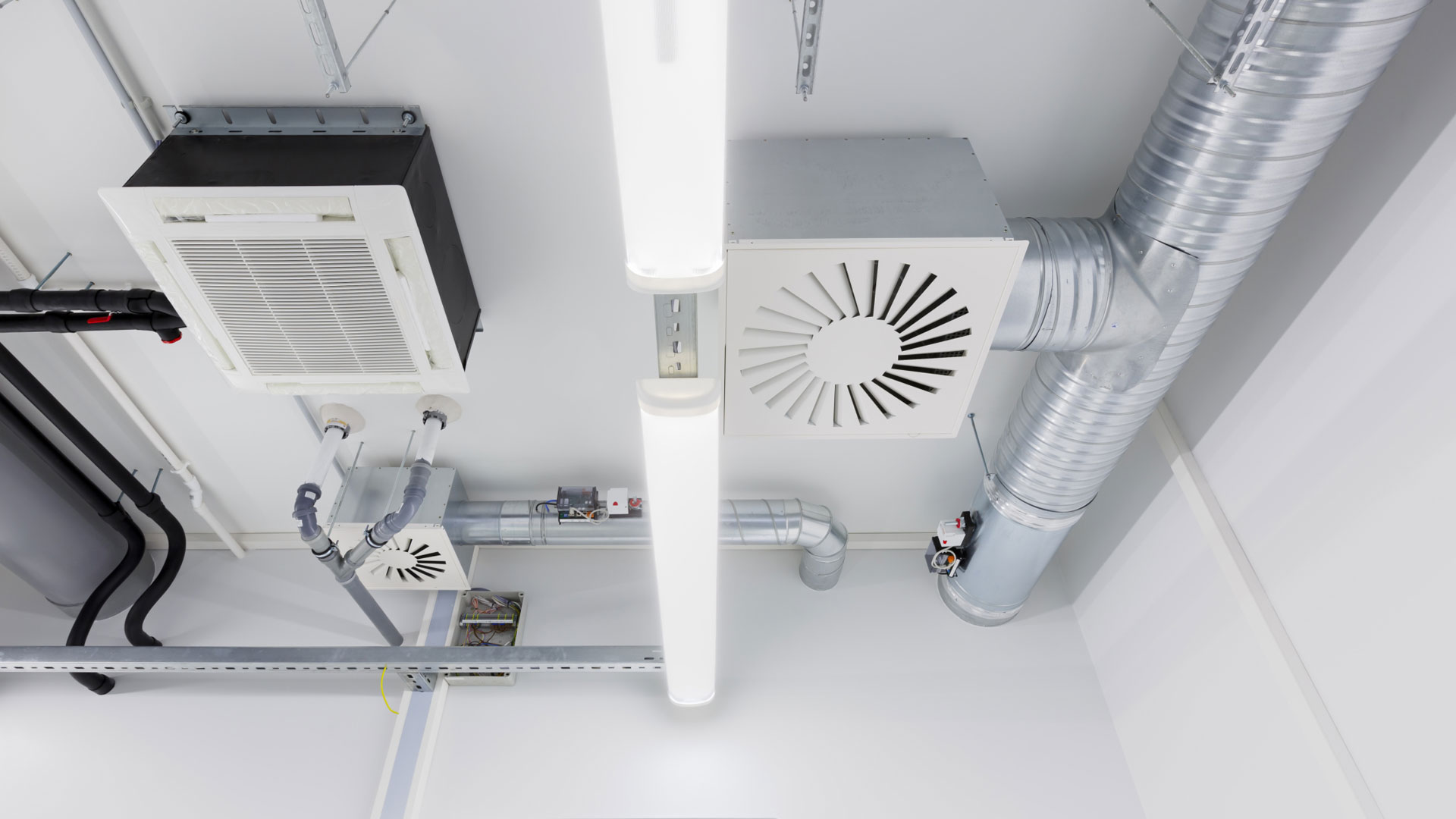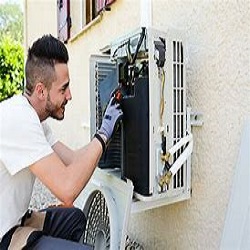The sweltering heat of summer can quickly turn your home into an uncomfortable oven. In such moments, your trusty air conditioning (AC) system becomes your refuge, providing a cool escape from the outdoor furnace. However, what happens when your AC unit falters or when you’re considering a new installation to upgrade your cooling efficiency? Navigating the realms of AC repair and installation is crucial for maintaining a comfortable indoor environment. In this comprehensive guide, we’ll explore the essentials of staying cool and collected, from understanding common AC issues to making informed decisions about installation.
Understanding the Need for AC Repair
Common AC Issues:
AC units, like any complex machinery, are susceptible to wear and tear. Understanding common issues can empower you to identify when your system requires professional attention. Issues such as inadequate cooling, strange noises, or irregular airflow are signs that your AC may be in need of repair. Ignoring these signs can lead to more significant problems and compromise the efficiency of your system.
DIY vs. Professional Repair:
While minor issues like clogged filters can be addressed with basic maintenance, many AC problems require the expertise of a professional. Attempting to fix complex issues without the necessary knowledge can lead to further damage and may void your warranty. Professional technicians have the training and experience to diagnose and address a wide range of AC problems, ensuring a thorough and lasting repair.
Regular Maintenance for Preventive Care:
Prevention is often the best cure. Regular maintenance, such as cleaning or replacing filters, checking refrigerant levels, and inspecting components, can extend the lifespan of your AC unit and reduce the likelihood of unexpected breakdowns. Consider scheduling annual maintenance visits with a qualified technician to keep your system in optimal condition.
Deciphering the AC Installation Process
Assessing your cooling needs:
Whether you’re upgrading an old system or installing AC for the first time, a critical first step is to assess your cooling needs. Factors such as the size of your home, the local climate, and the level of insulation all play a role in determining the appropriate capacity for your AC unit. An undersized unit may struggle to cool your home, while an oversized one can lead to inefficient operation and higher energy bills.
Energy Efficiency Considerations:
In an era where energy efficiency is a priority, selecting an energy-efficient AC unit is crucial. Look for systems with high Seasonal Energy Efficiency Ratio (SEER) ratings, indicating better energy performance. Energy-efficient models not only reduce your environmental footprint but also lead to long-term cost savings on your energy bills.
Choosing the Right AC System:
AC systems come in various types, each catering to different needs. Central air conditioning is a popular choice for whole-house cooling, while ductless mini-split systems offer flexibility for room-by-room control. Understanding the pros and cons of each type, as well as considering factors like installation costs and long-term maintenance, will guide you in choosing the right AC system for your home.
Navigating AC Repair Challenges
Prompt response to issues:
When your AC system exhibits signs of trouble, a prompt response is essential. Ignoring problems can lead to more significant issues and potential system failure. Whether it’s uneven cooling, strange odors, or a sudden increase in energy bills, recognizing these signs and seeking professional repair services promptly can save you time, money, and discomfort.
Diagnosing refrigerant leaks:
Refrigerant is a crucial component of your AC system, and leaks can significantly impact its performance. If you notice a decline in cooling efficiency, warm air blowing from vents, or hissing noises, there may be a refrigerant leak. Professional technicians can diagnose and repair leaks, ensuring that your system regains its cooling prowess.
Addressing electrical failures:
Electrical issues can manifest in various ways, from a complete system shutdown to flickering lights when the AC is running. Faulty wiring, capacitor issues, or a malfunctioning thermostat are common culprits. Attempting to fix electrical problems without professional expertise can pose safety risks. A qualified technician can identify and address electrical failures, restoring your system’s functionality safely.
Investing in Quality Installation
Professional Installation Benefits:
While some homeowners may be tempted to embark on a DIY installation to save costs, the benefits of professional installation far outweigh the initial expenses. Certified technicians bring expertise in sizing, placement, and the intricacies of the installation process. Professional installation ensures that your system operates at peak efficiency, maximizing its lifespan and minimizing the risk of issues down the road.
Ensuring Proper Ductwork:
For central air conditioning systems, proper ductwork is essential for even and efficient cooling. Ducts that are too large or too small, improperly sealed, or obstructed can lead to inefficiencies and compromised comfort. Professional installers assess your home’s ductwork, making necessary adjustments or recommending upgrades to optimize system performance.
System Calibration for Efficiency:
An often overlooked aspect of installation is system calibration. Proper calibration ensures that your AC unit operates within the manufacturer’s specifications, delivering precise and efficient cooling. From adjusting refrigerant levels to fine-tuning airflow, calibration is a crucial step in achieving optimal performance and energy efficiency.
The Importance of Informed Decision-Making
Comparing Quotes and Services:
When seeking professional AC repair or installation services, obtaining multiple quotes is essential. Compare not only the cost but also the scope of the services offered. A thorough evaluation by the technician, transparent pricing, and a detailed breakdown of the installation or repair process are indicators of a reputable service provider.
Checking credentials and reviews:
Before entrusting your AC system to a technician, check their credentials. Verify that they are licensed, insured, and have relevant certifications. Additionally, read customer reviews and testimonials to gauge the experiences of others with the service provider. A track record of satisfied customers is a positive indicator of the technician’s expertise and professionalism.
Long-Term Cost Considerations:
While upfront costs are a significant consideration, evaluating the long-term costs of repair and installation is equally important. An energy-efficient system may have a higher initial cost but can lead to substantial savings on energy bills over its lifespan. Similarly, investing in quality installation may prevent issues that could result in costly repairs down the road.
Conclusion
Navigating the realms of AC repair and installation is a journey toward maintaining a cool and comfortable home environment. From recognizing the signs that your AC system needs attention to making informed decisions about installation, each step plays a crucial role in the overall efficiency and longevity of your system. Whether you’re addressing repair challenges or considering a new installation, staying cool and collected involves a blend of preventive care, professional expertise, and informed decision-making.
As the mercury rises, your AC system becomes a steadfast companion in the battle against the heat. By understanding the nuances of AC repair and installation, you empower yourself to make choices that enhance the performance of your system, ensure your comfort, and contribute to a cool and collected indoor atmosphere. Whether you’re seeking to revive a struggling system or embark on a cooling upgrade, this guide serves as a roadmap for staying in control of your home’s climate and enjoying the cool respite you deserve.




